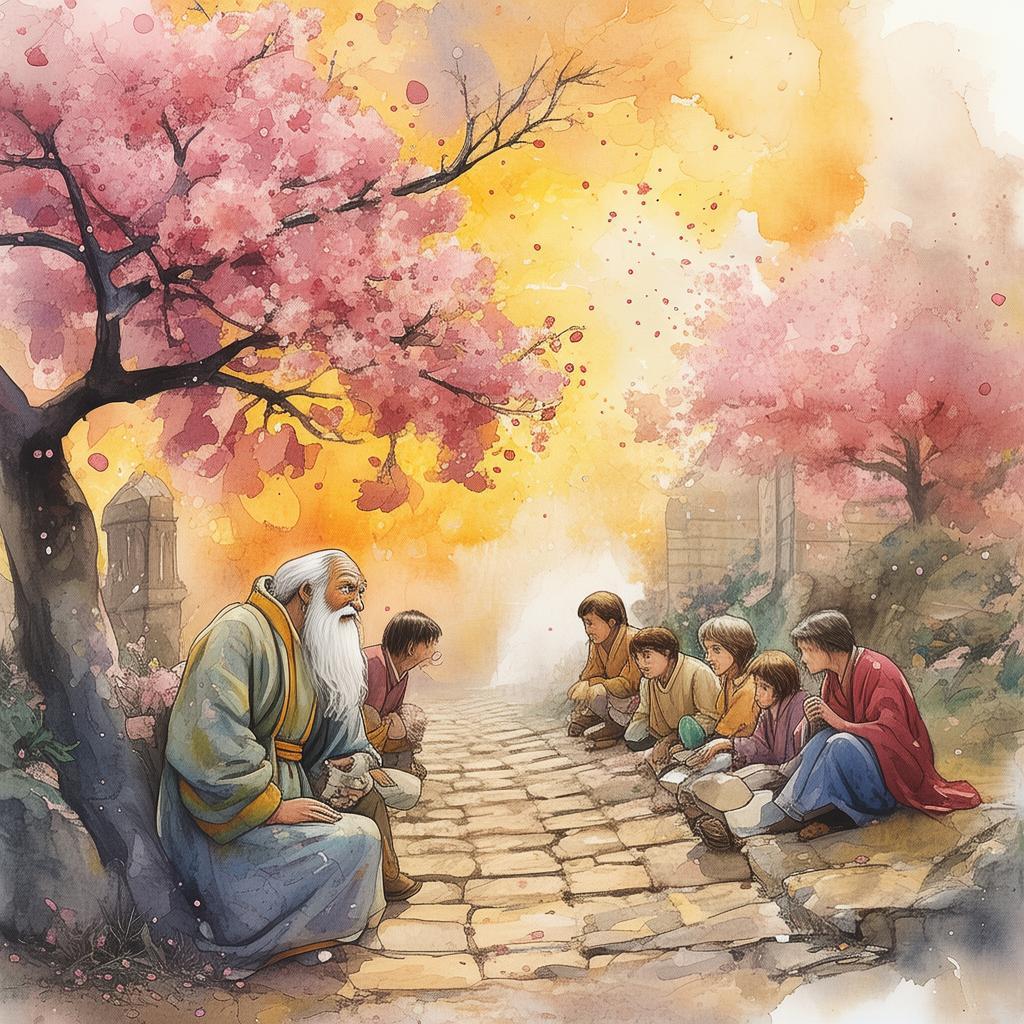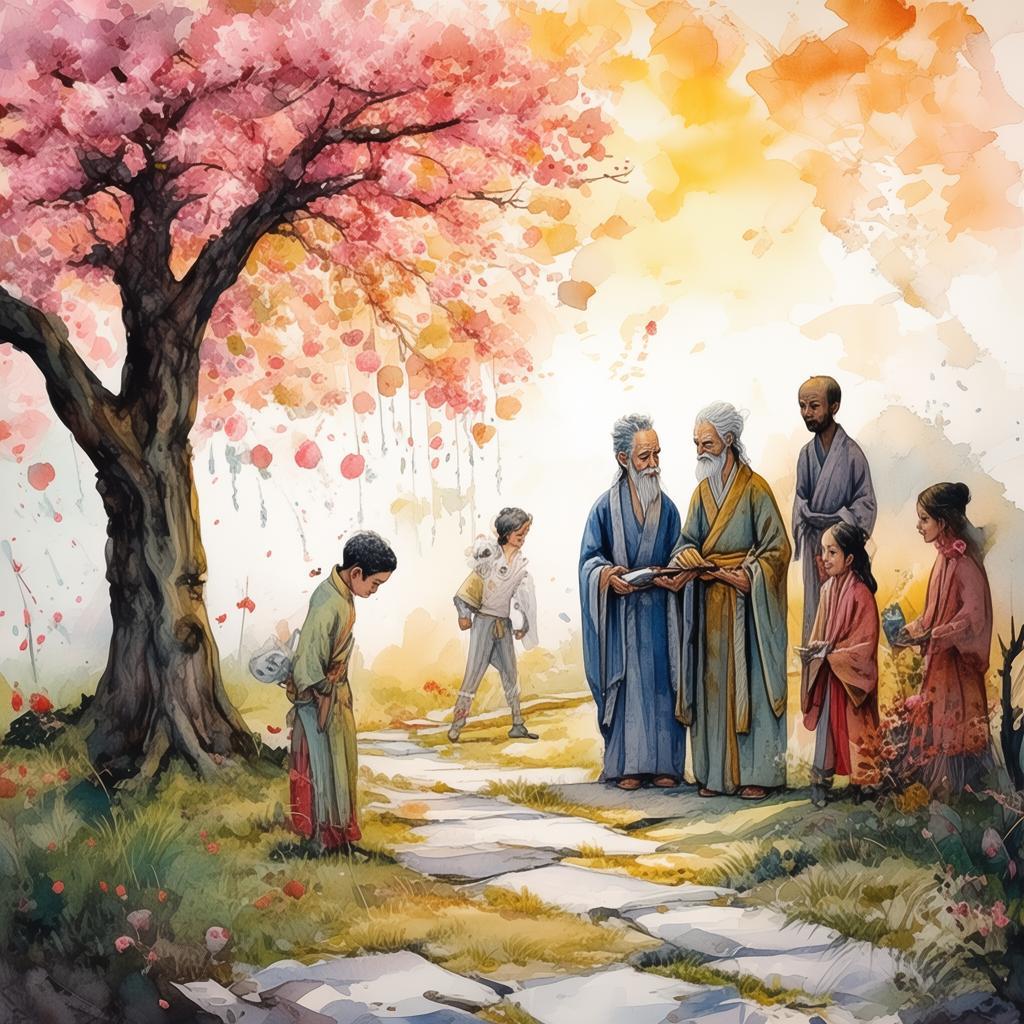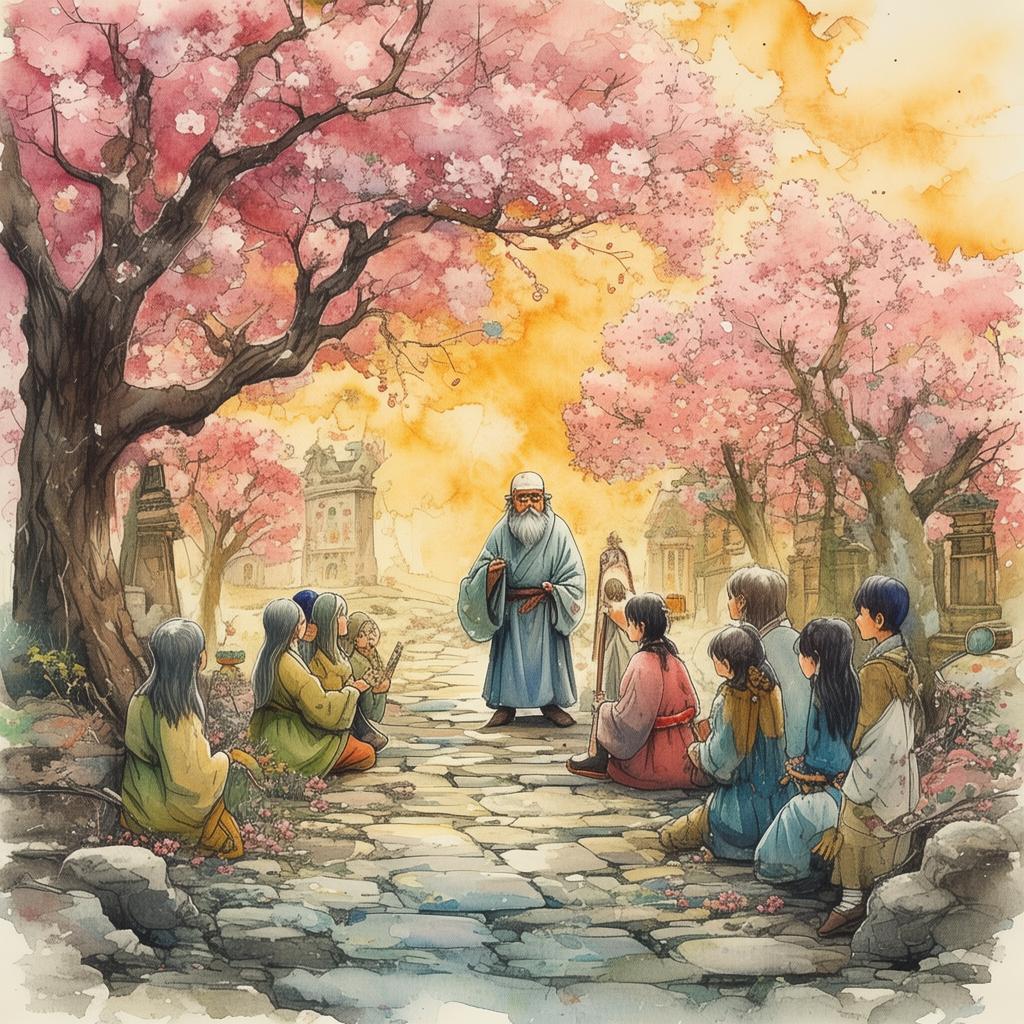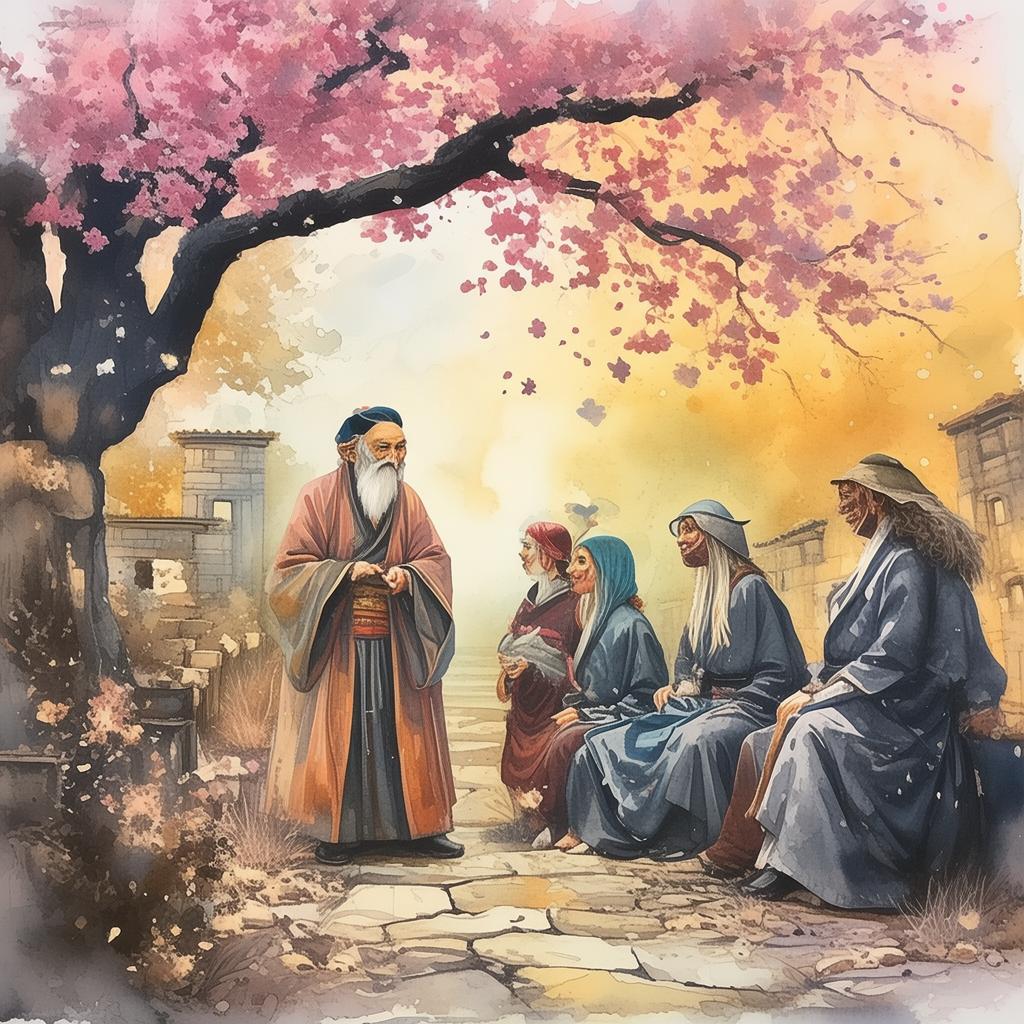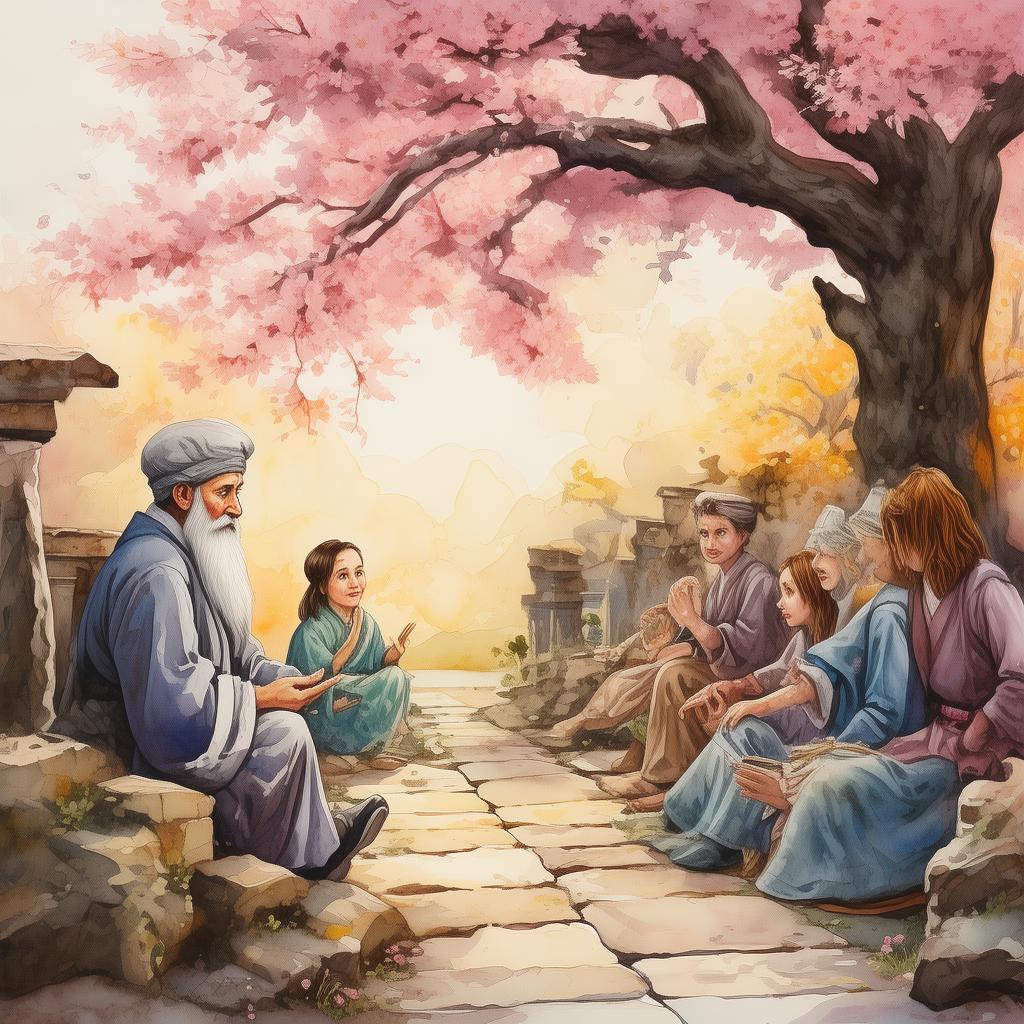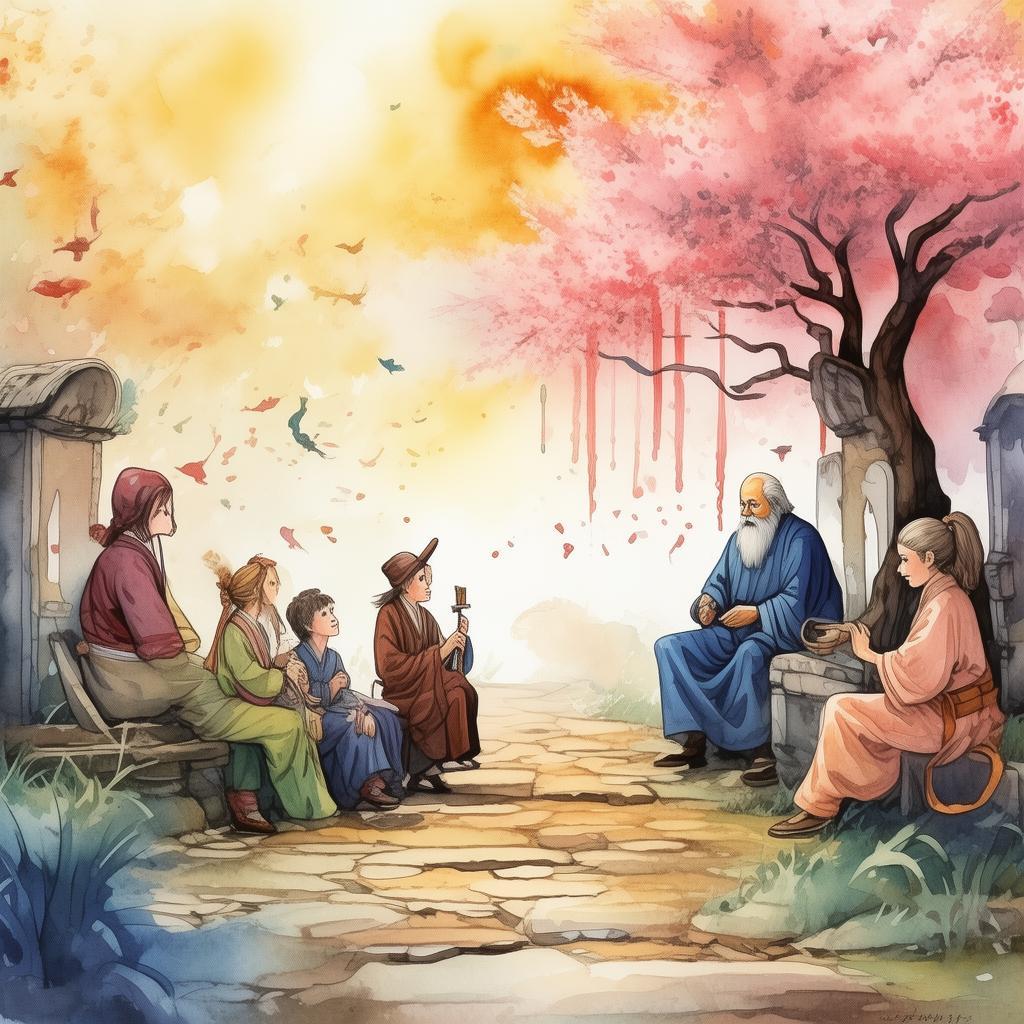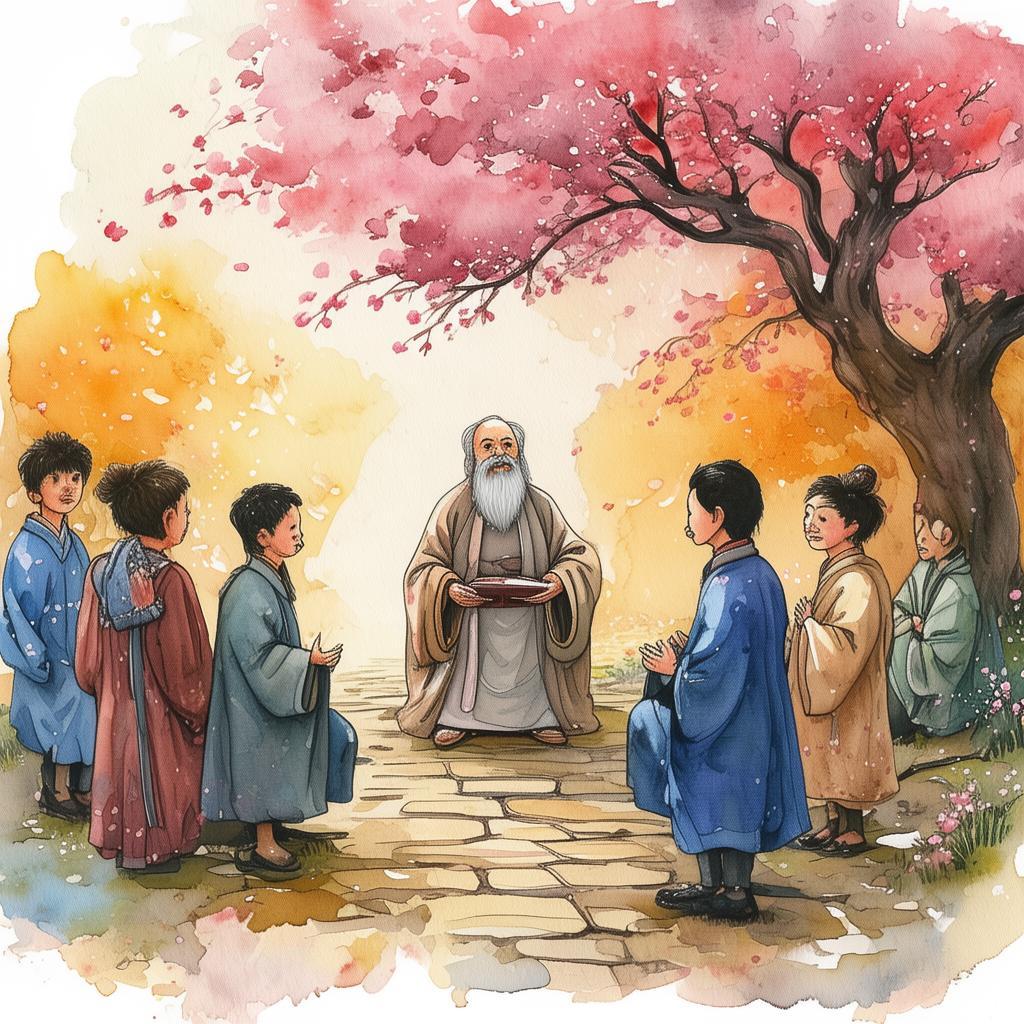Quest for the Eye of Horus: A Tale of Determination and Deceit
In the heart of ancient Egypt, where the pyramids stood tall and the Nile River flowed, there lived a young adventurer named Khepri. Known for his courage and wit, Khepri had already carved his name into the annals of history with daring escapades. Yet, none of his previous adventures compared to the one that now lay before him—a quest to retrieve the fabled Eye of Horus.
The Eye of Horus was a powerful artifact, a symbol of protection and healing, believed to grant its possessor the power to ward off evil and cure illness. But its true value lay in the legend that it could bestow upon its bearer the favor of the gods themselves. Khepri had heard the tales of kings who had wielded the Eye with unparalleled power, and now, he sought to become one of those legends.
The quest began with a journey through the treacherous desert, where the sands whispered secrets and the wind carried curses. Khepri was accompanied by a small band of trusted companions: a scribe named Thoth, who knew the ancient texts and riddles; a warrior named Set, who could vanquish any foe; and a clever thief named Tuya, who could navigate the most dangerous of situations with ease.
As they ventured deeper into the desert, they encountered many challenges. They faced off against a band of bandits, solved riddles set by the ancient Pharaohs, and even navigated through the treacherous waters of the Nile. But none of these trials prepared them for what awaited them at the end of their journey.
Upon reaching the secret chamber where the Eye was said to be kept, Khepri discovered that the artifact was not a single eye, but rather a collection of pieces, each with its own power. The pieces were scattered across the land, and to retrieve them all, Khepri and his companions would need to outsmart a host of cunning enemies and decipher the riddles of the ancient gods.
The first piece they sought was hidden in the Great Temple of Karnak, guarded by the enigmatic Sphinx. Khepri, Thoth, Set, and Tuya faced the Sphinx's riddles head-on, using their wits to uncover the location of the first piece. But their triumph was short-lived as they were confronted by the High Priest of Karnak, a man who had been watching their every move.
"Your quest for the Eye of Horus is folly," the High Priest sneered. "The Eye is a divine artifact, not meant for the hands of mortals. It is a tool of power that must remain in the hands of the gods."

Khepri, however, was determined. "We seek not power for ourselves, but to protect our people," he replied. "The Eye of Horus can bring healing and prosperity to all."
The High Priest, seeing the sincerity in Khepri's eyes, relented. "Very well," he said, "but you must prove your worth. Solve this riddle, and you may take the first piece."
The riddle was a difficult one, requiring a deep understanding of the ancient texts and a willingness to risk their lives. With a combination of Thoth's knowledge, Set's strength, and Tuya's stealth, they managed to retrieve the first piece of the Eye of Horus.
Their journey continued, with each piece of the Eye leading them to more dangerous challenges. They faced a vengeful goddess, a cunning sorcerer, and a traitor in their midst. Each encounter tested their resolve, their courage, and their trust in one another.
As they neared the final piece, they were ambushed by the High Priest of Karnak once more. "You have proven your worth, but you must know," he said, "the Eye of Horus is not the key to power. It is the key to understanding the true nature of the gods."
With this newfound wisdom, Khepri and his companions continued their quest, determined to retrieve the final piece of the Eye of Horus. They fought their way through a labyrinth of traps and deceit, until they finally reached the chamber where the Eye was said to be hidden.
But as Khepri reached out to claim the Eye, he realized that his true enemies were not the creatures of the desert or the ancient gods themselves, but the shadows of power that lurked behind the veil of divinity. The High Priest of Karnak, the vengeful goddess, and even his own companions were all pawns in a larger game, one that sought to control the Eye of Horus for its own gain.
In a climactic battle, Khepri faced the High Priest and the sorcerer together. With the aid of his companions and the power of the Eye of Horus, Khepri emerged victorious, but not without cost. The High Priest was defeated, but at the cost of his own life, and Khepri's closest friend, Tuya, was gravely injured.
In the aftermath of their victory, Khepri stood in the chamber with the Eye of Horus in his possession. He knew that the Eye's power was immense, and that he must use it wisely. He decided to return the Eye to the people of Egypt, where it could be used to bring healing and prosperity to all.
Khepri, Thoth, Set, and the injured Tuya made their way back to civilization, their journey complete. They had faced danger, deceit, and even death, but in the end, they had brought the Eye of Horus back to the people of Egypt, where it could once again bring light to the world.
The tale of Khepri and his quest for the Eye of Horus spread far and wide, inspiring generations of adventurers to seek the truth and protect their people from the shadows of power. And so, the legend of the Eye of Horus lived on, a symbol of determination and the indomitable spirit of humanity.
✨ Original Statement ✨
All articles published on this website (including but not limited to text, images, videos, and other content) are original or authorized for reposting and are protected by relevant laws. Without the explicit written permission of this website, no individual or organization may copy, modify, repost, or use the content for commercial purposes.
If you need to quote or cooperate, please contact this site for authorization. We reserve the right to pursue legal responsibility for any unauthorized use.
Hereby declared.

